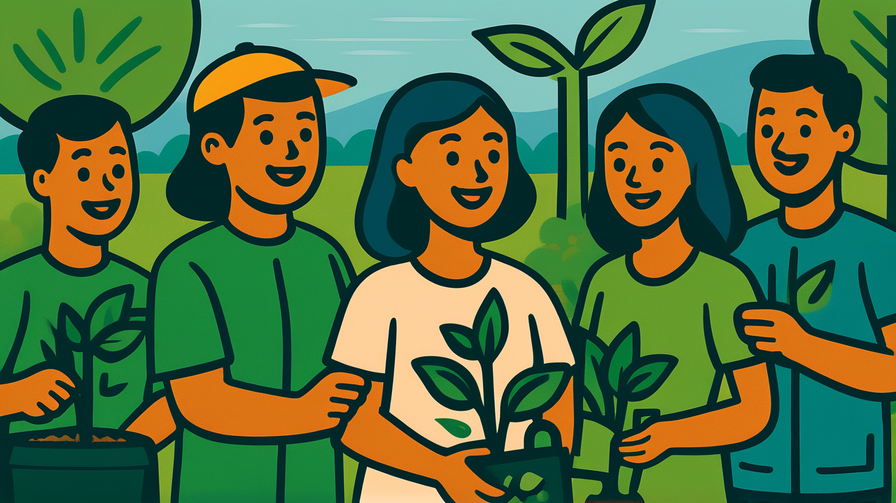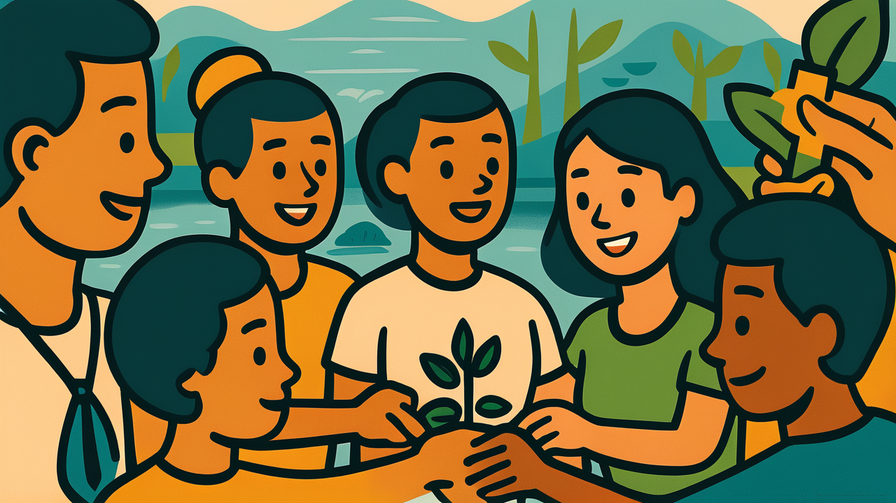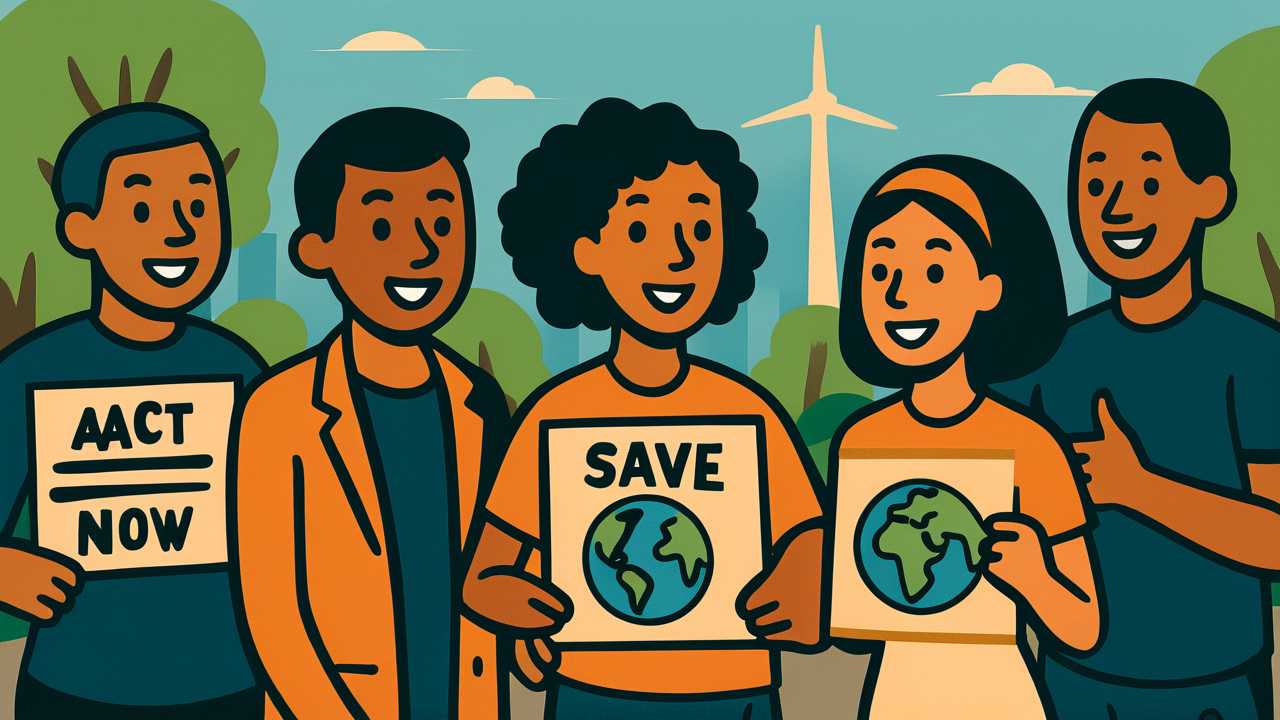[Disclaimer] This article is reconstructed based on information from external sources. Please verify the original source before referring to this content.
News Summary
The following content was published online. A translated summary is presented below. See the source for details.
Environment and Climate Change Minister Julie Dabrusin announced that Canada is investing over $14.4 million to support 17 environmental literacy projects nationwide. The funding comes from the Environmental Damages Fund’s Climate Action and Awareness Fund, which redistributes money from environmental penalties into positive environmental action. These projects will help young Canadians develop skills, knowledge, and hands-on experience in addressing climate change and environmental protection. The initiatives range from outdoor education programs and green job training to community-based conservation projects and indigenous-led environmental stewardship. This investment recognizes that young people are crucial leaders in climate action and need resources to turn their passion into practical solutions.
Source: Environment and Climate Change Canada
Our Commentary
Background and Context

Environmental literacy means understanding how natural systems work and how human actions affect them. It’s like learning a new language – the language of nature and sustainability. For young people, this knowledge is becoming as important as traditional subjects like math or history.
The Environmental Damages Fund is unique – when companies break environmental laws and pay fines, that money goes into this fund to support positive environmental projects. It’s a way of turning environmental harm into environmental healing.
Young Canadians are already leading climate action in their communities. From Greta Thunberg-inspired climate strikes to local clean-up initiatives, youth activism has pushed governments worldwide to take climate change more seriously.
Expert Analysis
The $14.4 million investment averages about $847,000 per project – substantial funding that can create real impact. These aren’t just classroom lessons; they’re hands-on programs where young people learn by doing.
Environmental literacy projects typically include several components: scientific education about climate and ecosystems, practical skills like renewable energy installation or sustainable agriculture, and leadership development to help young people become changemakers in their communities.
The timing is strategic – Canada has committed to net-zero emissions by 2050, and today’s youth will be the leaders making that happen. Investing in their environmental education now is investing in Canada’s climate future.
Additional Data and Fact Reinforcement
Young Canadians are particularly concerned about climate change. Surveys show over 80% of Canadian youth consider climate change a top priority, higher than any other age group. They’re also more likely to change their behaviors – from transportation choices to dietary decisions – based on environmental impact.
The 17 funded projects likely reach thousands of young people across Canada’s diverse regions – from coastal communities dealing with sea-level rise to northern communities experiencing rapid Arctic warming.
Green jobs are growing rapidly. The clean energy sector alone could create over 200,000 new Canadian jobs by 2030. Environmental literacy programs prepare young people for these emerging careers in renewable energy, sustainable agriculture, conservation, and green technology.
Related News
This announcement aligns with other youth-focused climate initiatives. The federal government recently launched the Youth Climate Corps, providing paid opportunities for young people to work on conservation projects. Schools across Canada are also integrating climate education into their curricula.
Internationally, youth climate movements continue growing. The UN recognizes young people as key stakeholders in climate action, regularly including youth representatives in climate negotiations.
Summary

The $14.4 million investment in environmental literacy represents a vote of confidence in young Canadians’ ability to lead climate action. By funding hands-on learning experiences, the government acknowledges that youth aren’t just future leaders – they’re leaders today. These programs will equip thousands of young people with the knowledge, skills, and networks needed to build a sustainable future. For students interested in environmental careers or activism, these initiatives offer pathways to turn concern into action.
Public Reaction
Youth environmental groups have welcomed the funding, though some argue more is needed given the climate crisis’s urgency. Teachers and educators praise the hands-on approach, noting that experiential learning is particularly effective for environmental education. Parents appreciate programs that channel young people’s climate anxiety into positive action.
Frequently Asked Questions
How can students access these programs? Once the funded organizations are announced, they’ll likely offer applications through schools, community centers, and online platforms. Watch for announcements from Environment and Climate Change Canada.
What kinds of activities might these projects include? Past programs have included urban gardening, renewable energy workshops, wildlife monitoring, water quality testing, climate action planning, and green entrepreneurship training.
Can this lead to actual jobs? Yes! Environmental literacy programs often connect participants with green employers, provide job skills training, and help build networks in the environmental sector.


